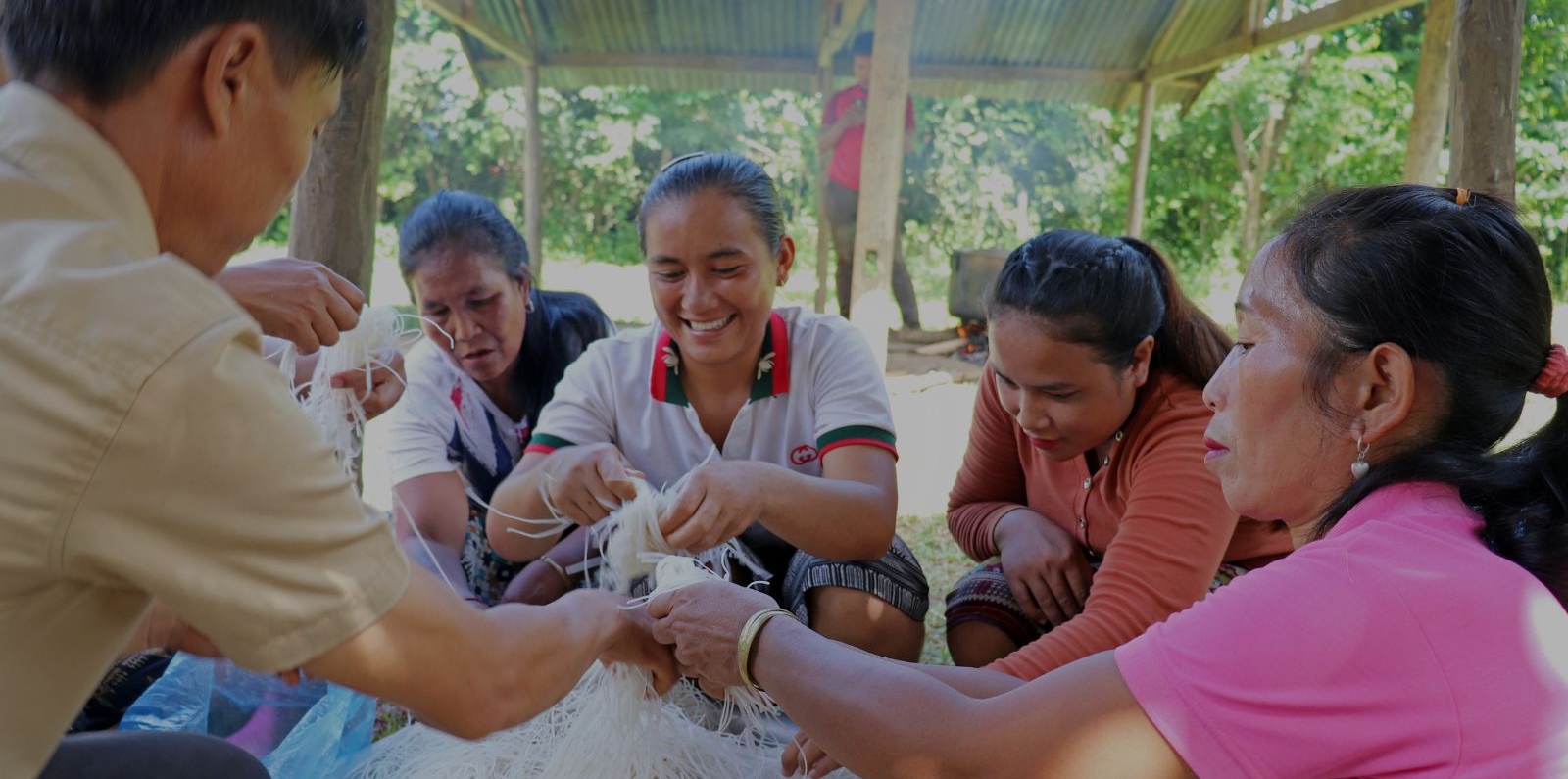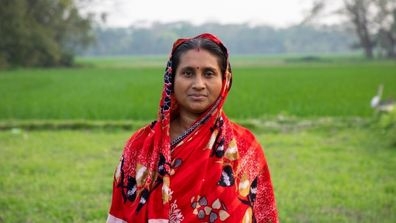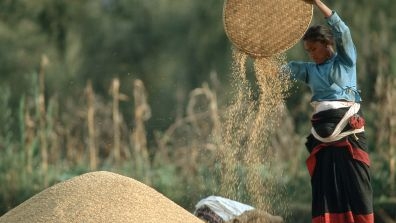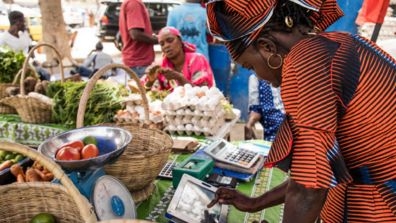It is a conundrum for farmers everywhere: nutritious, healthy food is critical for thriving communities and families. But as wildfires rage, flash foods wash away seeds and droughts wither crops, putting food –let alone nutritious food– on the table is becoming harder than ever. This is especially a challenge in remote, rural communities.
Sustainable, resilient and healthy diets are a key driver of sustainable development. Without available and affordable nutritious food, beating other development challenges will also be an uphill struggle. At the same time, one-third of global greenhouse gas emissions come from food systems. It is therefore critical for long-term wins in agriculture to tackle climate and nutrition concerns together.
Yet, two new reports by the Initiative on Climate Action and Nutrition (I-CAN), Climate Action and Nutrition: Pathway to Impact and Accelerating Action and Opening Opportunities: A Closer Integration of Climate and Nutrition find that climate policy commitments rarely consider nutrition. The reports, launched today at the Committee on World Food Security, point to mixed levels of climate integration and nutrition action. For example, 60% of National Development Commitments (NDCs) make no connection between nutrition and climate. And finance appears to lag policy commitments.
But the findings also show that African, Asian and Latin American countries are leading the way in action. For example, 58% of African NDCs, 51% of Latin American and Caribbean NDCs, and 34% of Asian NDCs include nutrition considerations, compared to 0% from North America and Western Europe.
Africa, Asia, Latin America lead the way: GAFSP’s support
The Global Agriculture and Food Security Program (GAFSP) is a multilateral platform that is leading the way on climate and nutrition in the world’s poorest countries. As of December, almost 48% of GAFSP funds generate climate adaptation or mitigation co-benefits, and 68% of GAFSP projects include nutrition-specific or sensitive activities for projects that have been.
At the October 23-27 Committee on World Food Security event in Rome, I-CAN, the GAFSP and other partners highlight lessons learned and share how climate-nutrition strategies are already driving change.
These cases highlight the importance of boosting agriculture to provide healthy and sustainable diets to a growing population, set to reach 10 billion by 2050 – while also ensuring the sustainability of how we produce and consume food. Lao PDR is one such example.
Presenting the case of Lao People's Democratic Republic
In the dense forests and mountainous region of Northern Laos, Mrs. Sengphet is among 90% of ethnic minorities relying on subsistence agriculture, in remote farming communities. Unpredictable climate impacts including drought, combined with the remote setting, make essential services and health care a challenge, with malnutrition becoming a major problem.
A farmer for many years, Mrs. Sengphet learned about the Agriculture for Nutrition project (AFN) in 2018, through a Farmer Nutrition School that she joined when she was pregnant with her third child. She received nutrition education coupled with agricultural training to improve and diversify food production for household consumption, as well as ideas about how to link with markets to earn a better income.
Although she was already raising various livestock at the time, it was through a Garden Grant that she received US$120, which helped her buy ten chickens and some feed to start her own small farm. Soon, she had sold more than 40 chickens and 200 eggs worth US$420.
She reinvested this income into growing garlic and raising fish, frogs, and crickets, and with the support of another project partner, the National Agriculture and Forestry Research Institute, she set up a hatchery for fish fingerlings, froglets and chicks to supply farmers in nearby villages. Now her farm is a demonstration site for farmer-to-farmer extension sessions in raising chickens and pigs.
“I don’t get tired of doing all these activities,” Mrs. Sengphet said. “With my additional income, I have been able to pay for my children’s education and build a new house. I have learned how to give medicine and vaccines to my animals, and I am now part of making decisions in my house with my husband.”
Since its inception in 2016, the AFN project has benefited more than 200,000 people, more than half of them women. The project specifically targeted women of reproductive age with childcare responsibilities, and communities benefited from infrastructure improvements in irrigation and community markets as well as nutrition interventions. These included Farmer Nutrition Schools for pregnant women and mothers with children under two-years-old, and garden grants to support gardens for household consumption.
Funding the way forward
Financed by a GAFSP grant administered by the International Fund for Agricultural Development and implemented by the Ministry of Agriculture and Forestry of the Government of Lao PDR, the project is in line with the Government of Lao PDR’s National Nutrition Strategy and National Nutrition Action Plan to 2025.
Across 400 villages in the northern part of the country, a decline in stunting and higher incomes have been reported. Malnutrition in children under two years old has reduced from 60% to 50%, with awareness raising on health and nutrition leading to more diverse diets.
This case shows that integrating agriculture and nutrition behavior change communication and interventions can be a key pathway towards increasing production and incomes for rural families. Improved climate-resilient agricultural practices, combined with the work of strong community-based organizations, can support the reinvestment of new income into agricultural practices and lead to better nutrition and greater economic opportunity.
Farmers like Mrs. Sengphet in Lao PDR are leading this change. GAFSP will continue to support such initiatives with a flexible approach because targeted grant funding can go a long way in supporting communities on the frontline of climate and nutrition challenges. Cases like Lao PDR show us just how essential integrating climate and nutrition is for a better food future – with multiple wins for many sectors and across people and the planet.




